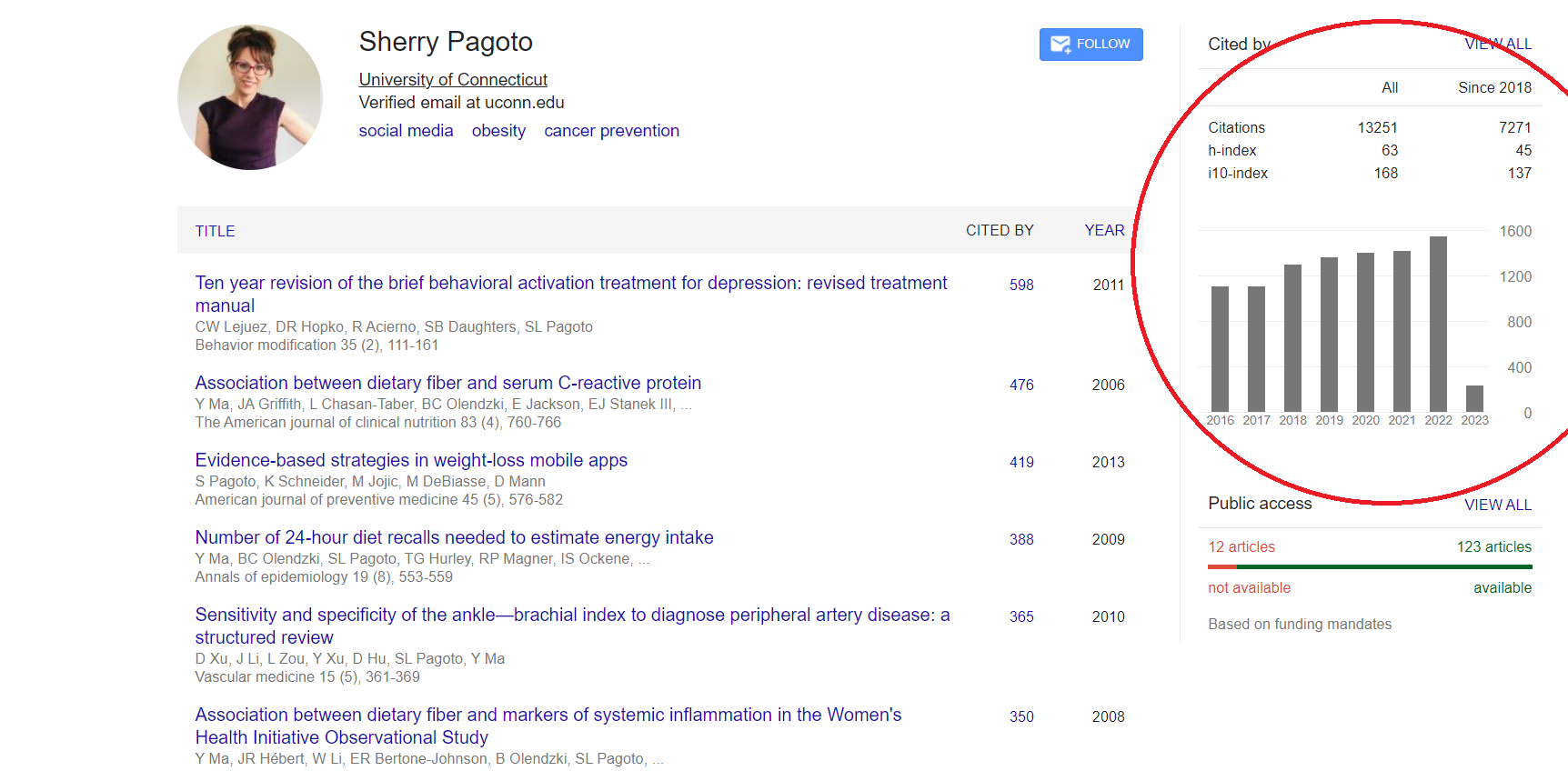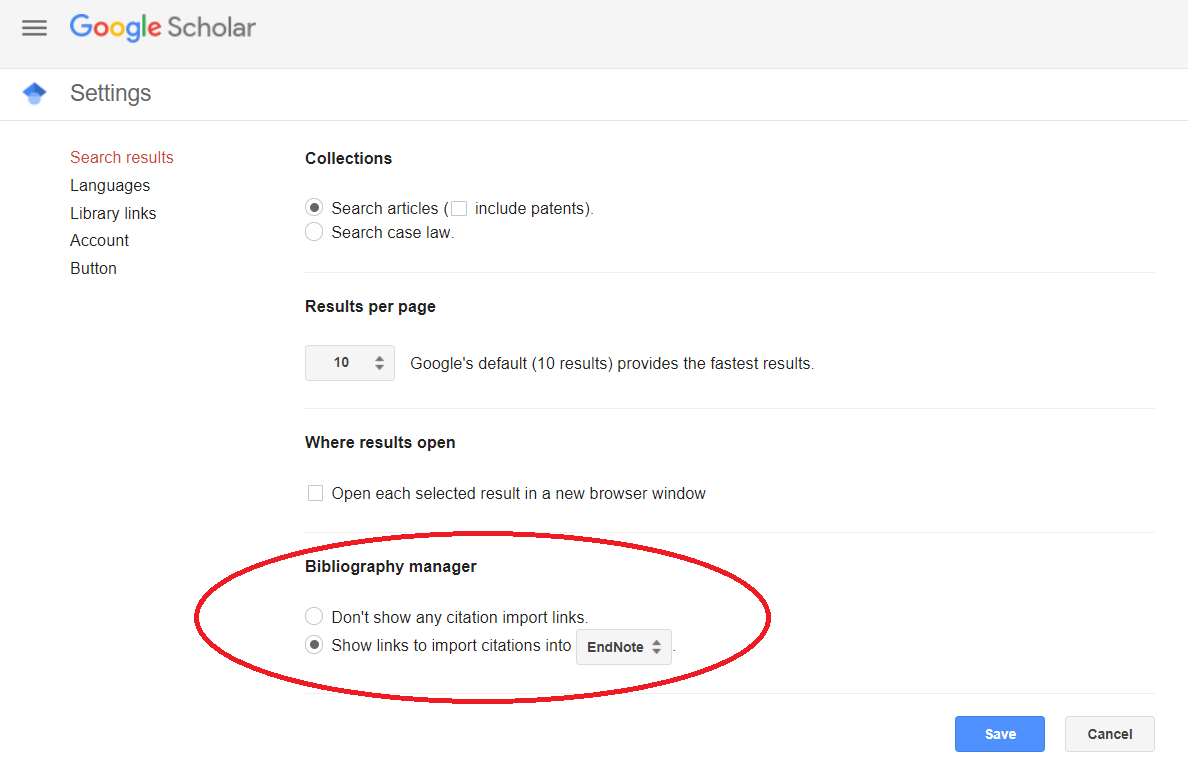Many academics use Google Scholar as their primary search engine when finding scientific articles and abstracts. This search engine seamlessly blends Google’s user interface and functionality with expanded access to scholarly work. However, did you know that the press also uses Google Scholar to connect with you? They may use your Google Scholar profile to fact check research, find leads, and discover new or additional research for their work. All things considered, you are probably under utilizing this powerful tool that is also not without drawbacks. Check out our 10 tips below that may change how you use this search engine going forward as well as ways that it may connect you to colleagues in the media.
- Make sure you claim a Google Scholar profile to help others find your work, include your affiliation as well as key words that describe your research. Include a link to your Google Scholar page on your personal/professional webpage. This is especially important for members of the media who want to connect about your work or interview you as an expert on a topic in your wheelhouse.

 You can set up alerts for topics and people of interest that will be regularly delivered to your inbox! This feature may help you stay on top of the science as new articles come out daily. Set up alerts through the toolbar (3 stacked horizontal bars on the top left of the screen).
You can set up alerts for topics and people of interest that will be regularly delivered to your inbox! This feature may help you stay on top of the science as new articles come out daily. Set up alerts through the toolbar (3 stacked horizontal bars on the top left of the screen).
- You can also follow individuals’ profiles; that includes colleagues and even yourself. You may want to do this so that you can see who is citing your research and what they are saying about it. Maybe you can even find knowledgeable reviewers by watching who is citing and therefore probably familiar with your work. If a reporter asks you for additional researchers they can interview on a topic, this list might serve as a quick sheet for ideas. Check out your list of co-authors (seen here), which is one avenue for following others’ profiles. Follow anyone by navigating to their profile and clicking the blue “Follow” box to the right of their name.
- You should use multiple different search engines for literature reviews. You may want to do this because this search engine is subject to the Google algorithm, which prioritizes popular results first. Thus, the most popular or most cited articles are what show up at the top of the list, which can unintentionally preclude certain articles and/or prioritize others. All scholarly search engines have various drawbacks and benefits; this is another reason why repeating your search across multiple databases can help you get to the bottom of your research question. Some advantages of Google Scholar is that it is a broad search engine across the journals of multiple disciplines and will pick up non-journal citations as well (e.g., legislation). However, biasing against less popular articles is inherently an issue in this search engine. If you are completing a press interview, it could be worth mentioning this to the reporter.
- You can use Google Scholar to find out some popular publication statistics (e.g., h-index, i10-index). However, these statistics are based on Google’s own algorithm, which can be different from Web of Science, Scopus, etc. because Google includes citations that are not peer reviewed, like dissertations and legislation.

- When you find an article you would like to cite in your own work, you can easily copy the citation information in your preferred style, or download the citation information for easy importing into a citation manager. You can also go to “Settings” to set your preferred download format.

Under “Bibliography Manager”, select “Show links to import citations into” and select your preferred format (i.e., BibTeX, EndNote, RefMan).

Then, the next time you search for a citation you will see a link for “Import into [Program]. This will save you a click! Every click counts when working on your next big paper or grant application.

- Click on “see all versions” underneath an article citation in Google Scholar to find a version that has access to full text.

- Link Google Scholar with ALL of your affiliated library accounts for more free articles.

- Use the “cited by” tool to find additional related articles. When you find an article that’s really relevant, you can see who else has cited it!

- You can pick and choose which publications are displayed on your Google Scholar account. For example, if you present an abstract and then ultimately publish the paper, you don’t have to have both listed. You can also combine citations, in the case where an abstract is cited and then the article is cited. Or sometimes a journal creates multiple citations, and you can merge these multiple entries (note: these will be marked with an asterisk and the citations for each of these entries will count independently toward your Google Scholar h-index).
